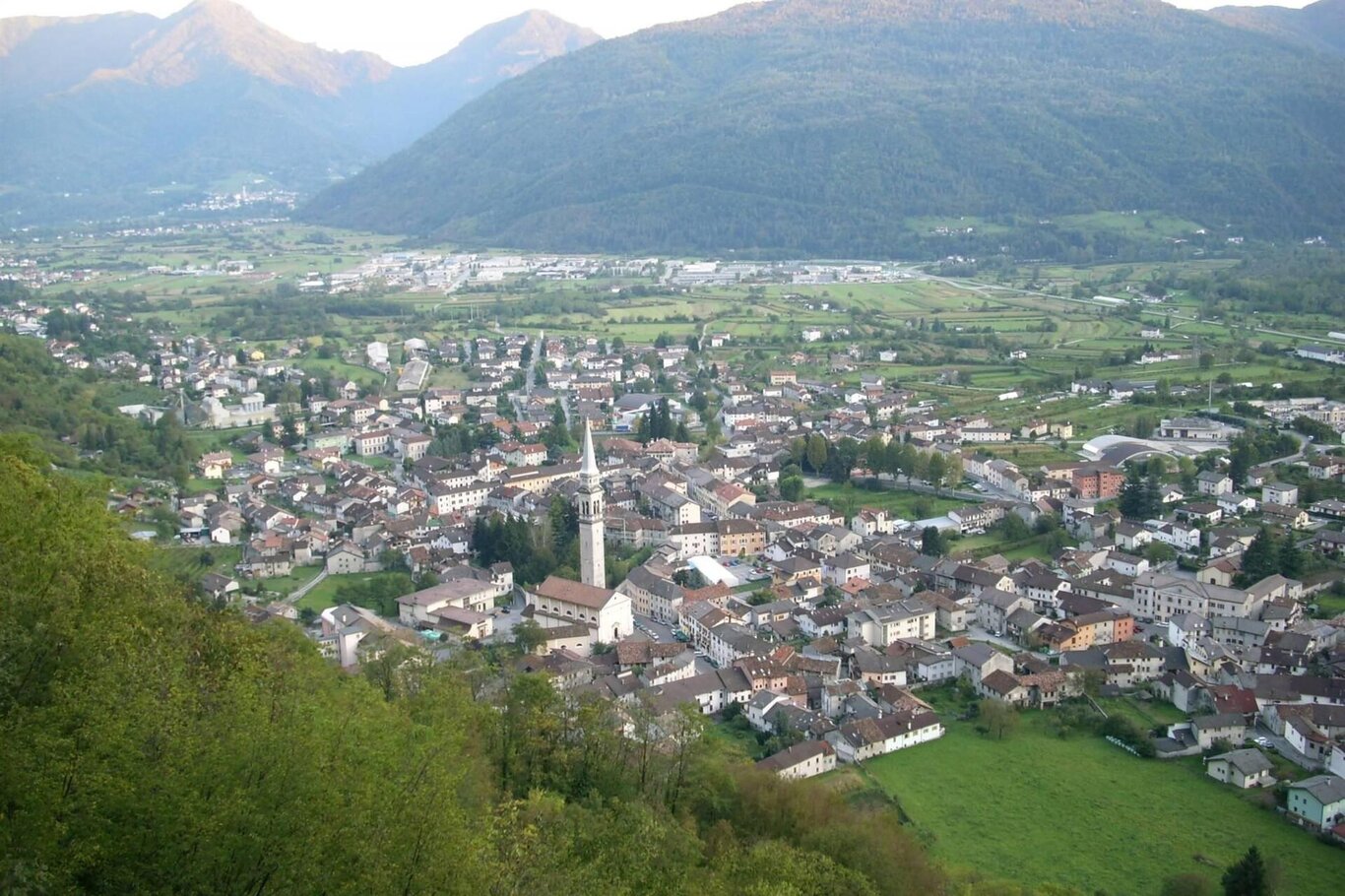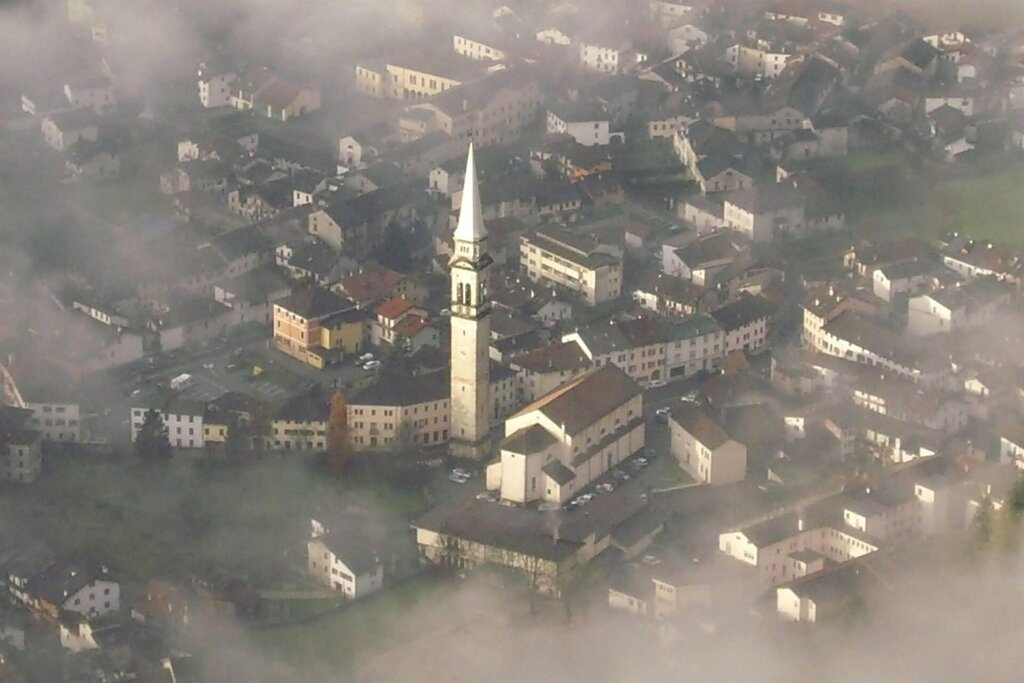The path runs alongside the oratory of Our Lady of Grace, known as of the Scoletta as it was the place where members of the St. Philip Neri Society gathered, much loved by the people of Fonzaso. It is worth a visit for the stuccos and frescoes contained within.
The second stage winds towards the Church of St. Anna, the mother of the Madonna, particularly dear to expectant mothers. The building must have been much older, but its current form is due to Pio Corso of the Canossians.
Then, we continue towards the gorge of Pedesalto, where at a scenic point over the Val Cismon and along the old road that once led to Primiero, stands the small church dedicated to St. Justina. It is an ancient building, simple with a single nave, which, however, houses a valuable 15th-century pictorial cycle in fresco in its apse, created by Giovanni di Francia.
Continuing on, we arrive at the Fort of St. Anthony, also called Tagliata. It was a fort that belonged to the Brenta-Cismon defensive barrier, whose purpose was to block the path to the Val Cismon. Like many Italian works, it found itself immediately outside the operational area and was thus disarmed. It was also decided to downgrade it to the role of a simple powder magazine. In November 1917, Captain Candoni decided to blow up the structure, the nearby hydroelectric plants, and the Serra bridge to halt the enemy's advance.
The Pedesalto power plant takes us on a dive into the history of the energy industry in Italy. It originated from a request to utilize the waters of the Cismon by the company Impresa Tullio Tommasini of Fonzaso in 1898. Built by the Cismon Brenta Motor Forces Company (later purchased in 1912 by the SADE group), it went into operation in 1909, one of the first in the Belluno area. The original features included three Francis turbine-generator units of 2900 kW each, for a total capacity of 8600 kW with a height of 58.3 meters and a flow rate of 22 cubic meters/second. It is a building of castle type.
USEFUL INFORMATION:
Parking: Cemetery parking in Fonzaso
Distance: 8.4 km
Elevation gain: 127 m
Difficulty: easy
Walking time: 2h45min
Recommended equipment: suitable trekking shoes
You are in a natural environment that requires respect:
- Prohibition of flower picking
- Swimming is prohibited
- No loud noises
- Fires are prohibited
- Do not leave litter around, but dispose of it in designated places (including cigarette butts, tissues, masks, and organic waste)
- Minors must be accompanied
- Dogs must be kept on a leash and their waste collected
- Do not leave the path
- Do not disturb local wildlife
It is recommended to check the ARPAV website for any disturbances before starting the trail.


